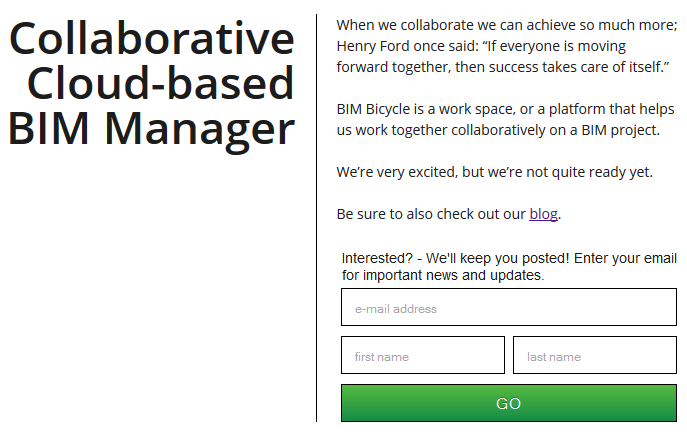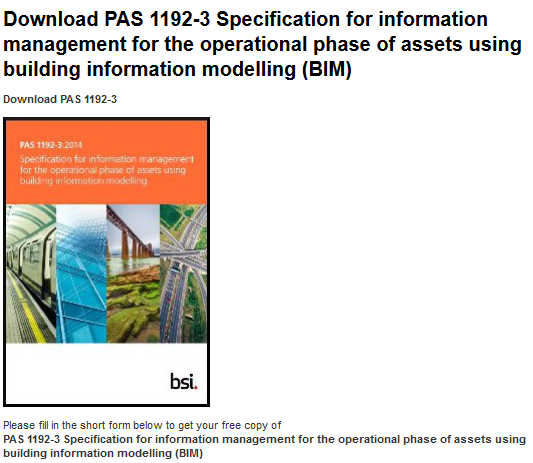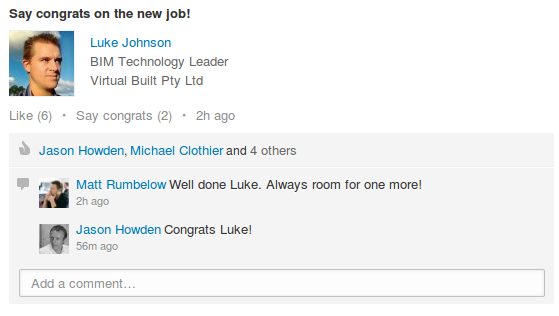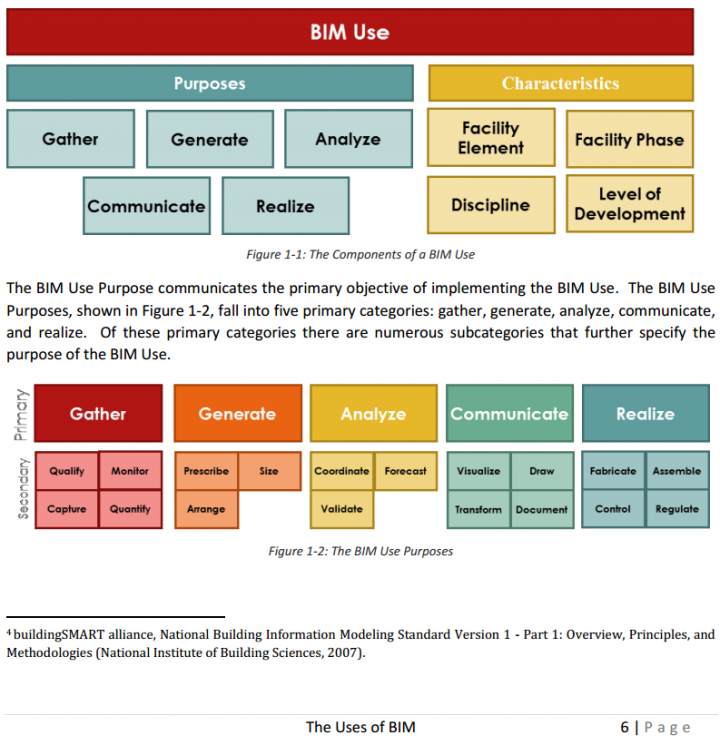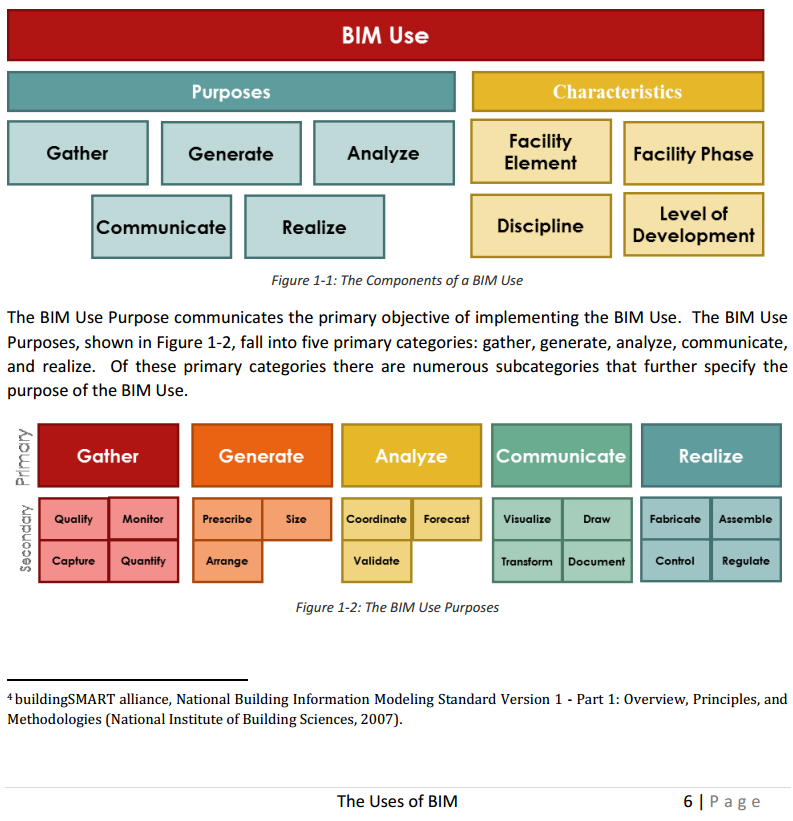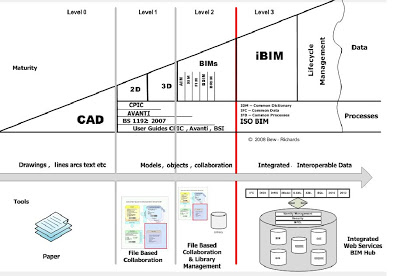Tag: bim
We all want a better BIM Cloud, with smoother, faster, better team Collaboration. I know the guys behind this project – they are experienced BIM professionals who are keen to innovate, especially when it comes to using the latest technology to make the AEC world communicate more effectively.
The whole concept of moving forward together as teams, not individual silos, is one that is very enticing.
Its all a bit mysterious at the moment, but its definitely worth signing up:
Playlist length 1 hour 13 minutes:
Heads-up:
https://twitter.com/bimuniversity/status/429214556288983040
As you may have seen on LinkedIn:
I am pleased to say that I have accepted a position with cutting edge BIM consultancy Virtual Built. I sincerely enjoyed my time at Woodhead, and I truly benefited from the depth of architectural experience as well as the broad project range I experienced there (in my relatively short tenure). Yet, it still felt like the right time (for me) to move closer to BIM technology, and take a small step away from pure architecture.
There are a number of reasons that this current position at Virtual Built feels like a good fit for my particular mix of knowledge and experience, and some of these reasons will be progressively revealed in future posts here.
Initially, I’d like to mention the 4 primary services that Virtual Built offers:
- BIM Coordination – assisting Builders and General Contractors with project coordination of models in Navisworks – solving problems before they become an issue on site.
- BIM Advice and Consulting – offering our expertise to a range of disciplines and professionals who are looking to maximise the financial benefits of BIM at the business-level, including Architects, Engineers, Consultants and Contractors.
- BIM Training – with years of project experience using Revit and Navisworks, alongside proven ability to deliver quality training, Virtual Built owner Michael Clothier and I are in a unique position to offer practical and pragmatic training that is suited to your needs.
- BIM Content Creation – including Revit modelling and documentation, family creation, project startup work, 3D rendering and visualization (such as for marketing purposes), and the provision of tailored BIM Execution Plans that are effective and current.
BIM really is here to stay. It will, of course, change and adapt over time. The question is – will you?
We would love to help you get on board with BIM and keep pace with this technology. Not simply “because everyone else is doing it”, but because we believe it can actually improve the profitability and quality of your work.
Please Contact us if you would like to learn more
To oversimplify, this document essentially forms a categorized glossary of terms that show how the BIM process works and what kind of information is generated by it.
Excerpt:
Download it at:
http://bim.psu.edu/Uses/the_uses_of_bim.pdf
by RALPH G. KREIDER AND JOHN I. MESSNER
Heads-up:
http://revitlandscape.blogspot.com.au/2014/01/the-uses-of-bim-classifying-and.html
A new challenge faced by collaborative design teams – how to work concurrently, yet not do the same thing four times?
Consider these comments from Glenn Jowett:
“If you look at the process of designing a steel framed building there is the potential for at least four steel frame models to exist within one design team, four models that have been built from scratch by different people within that design team.
…
The design team should sit down at the start of a project and map out who owns what elements at what stage of the project
…
The copy monitor tools within Revit are far from perfect, but this seems to be the only option for walls at the moment.
…
In traditional 2D, drawings would be issued and revisions clouded; in the 3D model revisions can’t be clouded and drawing issues between the design teams are becoming less and less frequent.”
via
http://revitst.blogspot.in/2013/08/revit-collaboration.html
Checklist:
Finally, some great ideas of what to discuss at a pre-project BIM meeting from the same post:
“An initial BIM or Revit meeting should take place at the start of every major project, purely from a Revit and collaboration point of view items for discussion should be:
· File format for data exchange
· How often are files exchanged
· Clearly define what the model is to be used for at what stage in the design process
· Who models what and when
· Who owns what and when does element ownership go from one discipline to another
· Level of development (LOD) – what level of model information should I expect to receive at what stage? And does that meet my expectations
· How often should clash detection take place
· Project coordinates and project north position.
It is important that the above items (at least) are discussed before a project really starts to evolve, and the decisions on each item should be documented and set out in a BIM Execution Plan. Collaboration will be much easier to manage if every member of the design team has the same set of core principles to follow from start to finish.”
To the above list, I would add at least the following:
- common list of Phases
- common set of Worksets (or at least exchange Workset lists)
- how many models will a multi-disciplinary consultant firm be providing? One combined? Or multiple?
- discuss if any particular Copy/Monitor Revit Categories will be key to the project
… the future of BIM in the globalized world of broad adoption, emerging cloud and reality capture technologies, innovative delivery approaches and opportunities for industry professionals to deliver more value to clients and collaborators.
LEARNING OBJECTIVES:
•Understand the current state of BIM technologies for representation and analysis.
•Understand how emerging technologies like cloud computing, social networking, mobile platforms and reality capture will affect BIM process and outcomes.
•Learn about how project delivery models and the roles and responsibilities of architects, engineers and builders will change as new technologies change the face of BIM.
•Explore new business opportunities offered by BIM-based processes.
SPEAKER:
Phillip G. Bernstein is a Vice President at Autodesk
The BIM Data is a new blog by Mohammed Mahboob. In a recent post, he describes using a Pipe Fittings family template and switching it to Generic Model to enable (retain) the Lookup Table CSV support.
Read the whole post at http://thebimdata.blogspot.ae/2013/08/loop-in-lookup-table-name-parameter.html
Good workaround!
Check the blog out at:
The BIM Data
See, if you put another word between BIM and Model, no-one will speak of animal cruelty…
If you are ever looking for a diagram of the maturity model:
Image via http://revitstickynotes.blogspot.com.au/2012/04/revit-ifc-plugin-by-geometry-gym.html
where credit for the image is given to UK Government BIM strategy document

